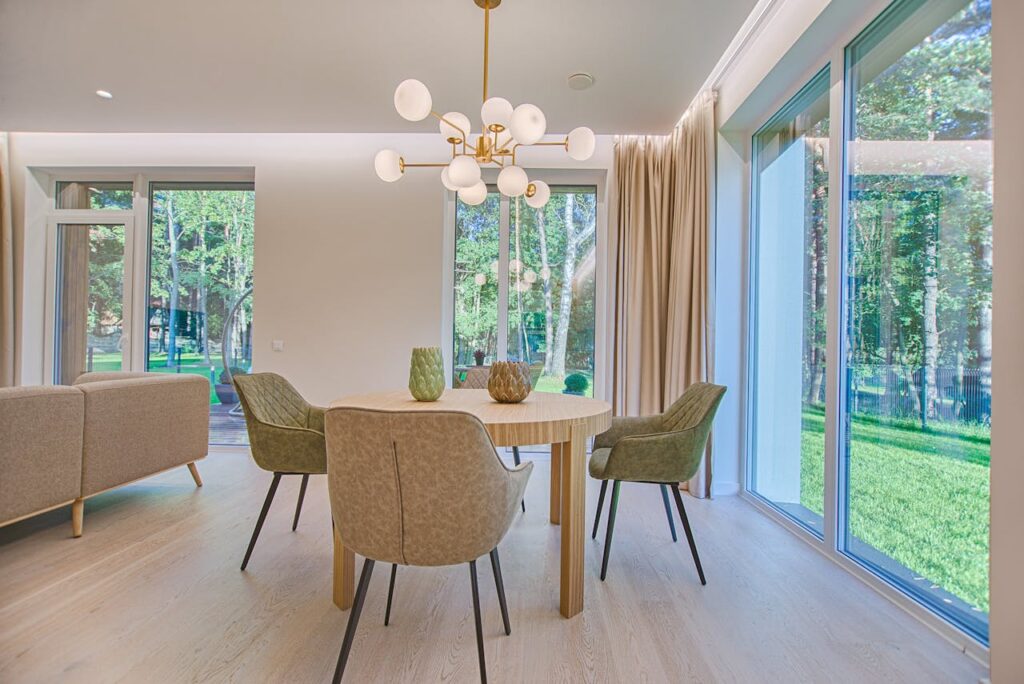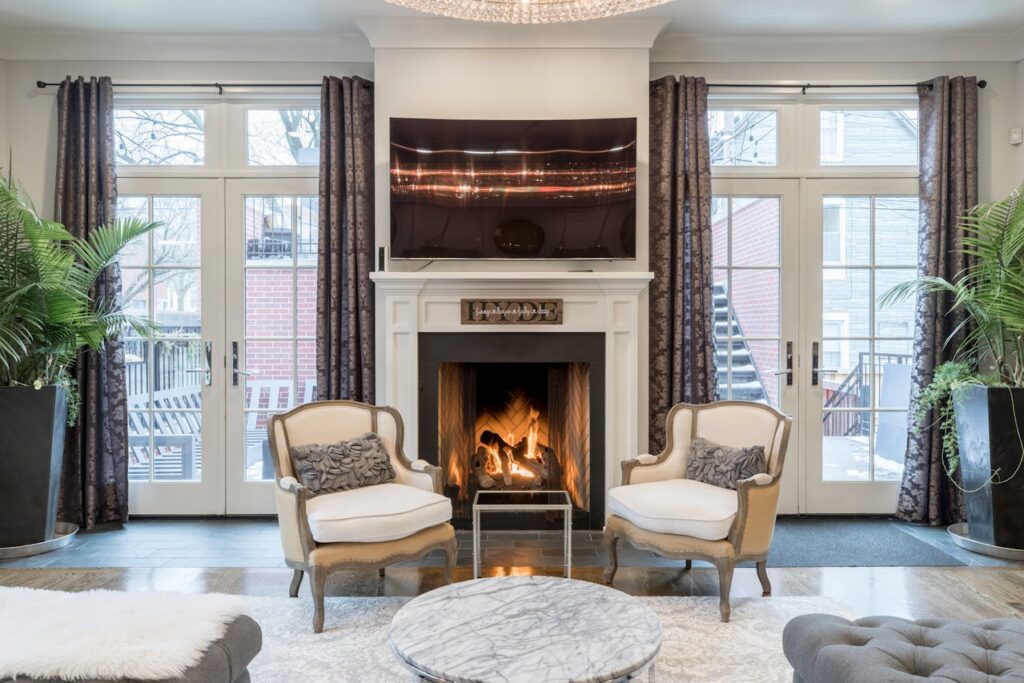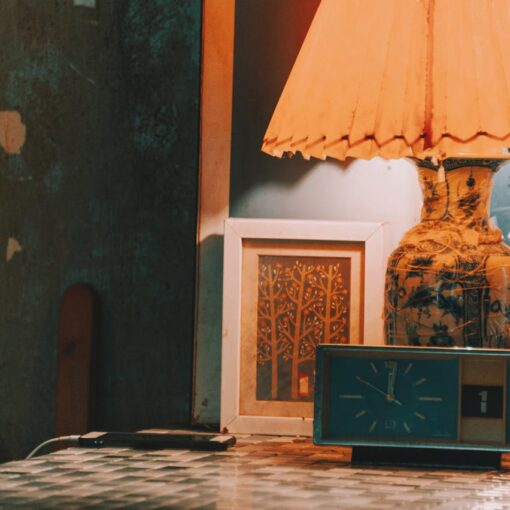Have you ever stood in front of a painting in a gallery, totally captivated, only to bring something similar home and… it just doesn’t work ? Yeah, it happens to a lot of us. Choosing art for your home isn’t just about falling in love with a piece – it’s about making sure it talks to your space, your colors, your light, even your furniture. Otherwise, the magic disappears as soon as you hang it on the wall.
One trick I learned (the hard way) is to think of art like a conversation with the rest of your décor. That abstract canvas you loved in the shop might clash with your vintage oak table or your minimalist sofa. On the other hand, sometimes a bold contrast is exactly what you need to wake up a room. If you want inspiration on mixing traditional crafts with modern interiors, take a look at https://sharma-decoration.fr – they’ve got some great ideas for blending artisan work into stylish décor.
Start With Your Space, Not the Artwork
 Before you even think about which artist or style to choose, look at your space. Is your living room full of natural light, or more of a cozy, dim-lit vibe ? Bright walls tend to love bold, saturated pieces, while smaller or darker rooms often breathe better with softer tones. Honestly, even ceiling height plays a role – a tall, narrow canvas can completely change how you feel about a high wall.
Before you even think about which artist or style to choose, look at your space. Is your living room full of natural light, or more of a cozy, dim-lit vibe ? Bright walls tend to love bold, saturated pieces, while smaller or darker rooms often breathe better with softer tones. Honestly, even ceiling height plays a role – a tall, narrow canvas can completely change how you feel about a high wall.
Colors That Speak, Not Shout
I’ve seen people pick a painting because “it’s beautiful,” then wonder why it feels off once it’s hung. The answer is usually color. A deep blue piece in a room with lots of warm beige tones can look cold and disconnected. A simple tip ? Pick one or two accent colors from your décor (pillows, rugs, curtains) and find art that echoes them. It doesn’t have to be matchy-matchy – just a subtle echo does wonders.
Size Matters More Than You Think
Here’s where people get it wrong most often. Too small a piece on a big wall ? It gets lost. Too large in a tiny room ? Overwhelming. As a rule of thumb, artwork should cover about two-thirds to three-quarters of the width of the furniture below it. So, if your sofa is two meters wide, aim for a piece that’s around 1.3 to 1.5 meters wide. It’s a game changer once you see it in action.
Go for Emotion, Not Just Decoration
At the end of the day, you’re the one living with it. That’s why I always ask myself : does this piece make me feel something ? Calm, joy, curiosity, even nostalgia – anything is better than “meh.” Because no matter how well it matches your cushions, if it leaves you cold, you’ll regret it. Art isn’t wallpaper, it’s a part of your daily mood.
Mixing Styles Can Actually Work
 A lot of people are scared to mix a modern print with a rustic room, or a traditional painting in a sleek apartment. But honestly ? Those contrasts often create the most memorable interiors. A huge street-art-inspired piece above a farmhouse dining table can look insanely good, if you balance it with textures and colors around it. Don’t be afraid to test combinations – worst case, you swap it to another room.
A lot of people are scared to mix a modern print with a rustic room, or a traditional painting in a sleek apartment. But honestly ? Those contrasts often create the most memorable interiors. A huge street-art-inspired piece above a farmhouse dining table can look insanely good, if you balance it with textures and colors around it. Don’t be afraid to test combinations – worst case, you swap it to another room.
Trust Your Gut (But Use a Bit of Logic)
Here’s the balance : art is emotional, but your home has practical limits. Measure your wall, think about light, consider your furniture, then go with the piece that really makes your heart skip. The perfect choice is the one that feels natural every time you walk past it – not the one you bought because you felt you “should.”
So, next time you’re about to bring home a piece, pause for a second. Ask yourself : will it whisper to my room, or will it shout over everything else ? The answer might just save you from turning your living room into a visual argument.


